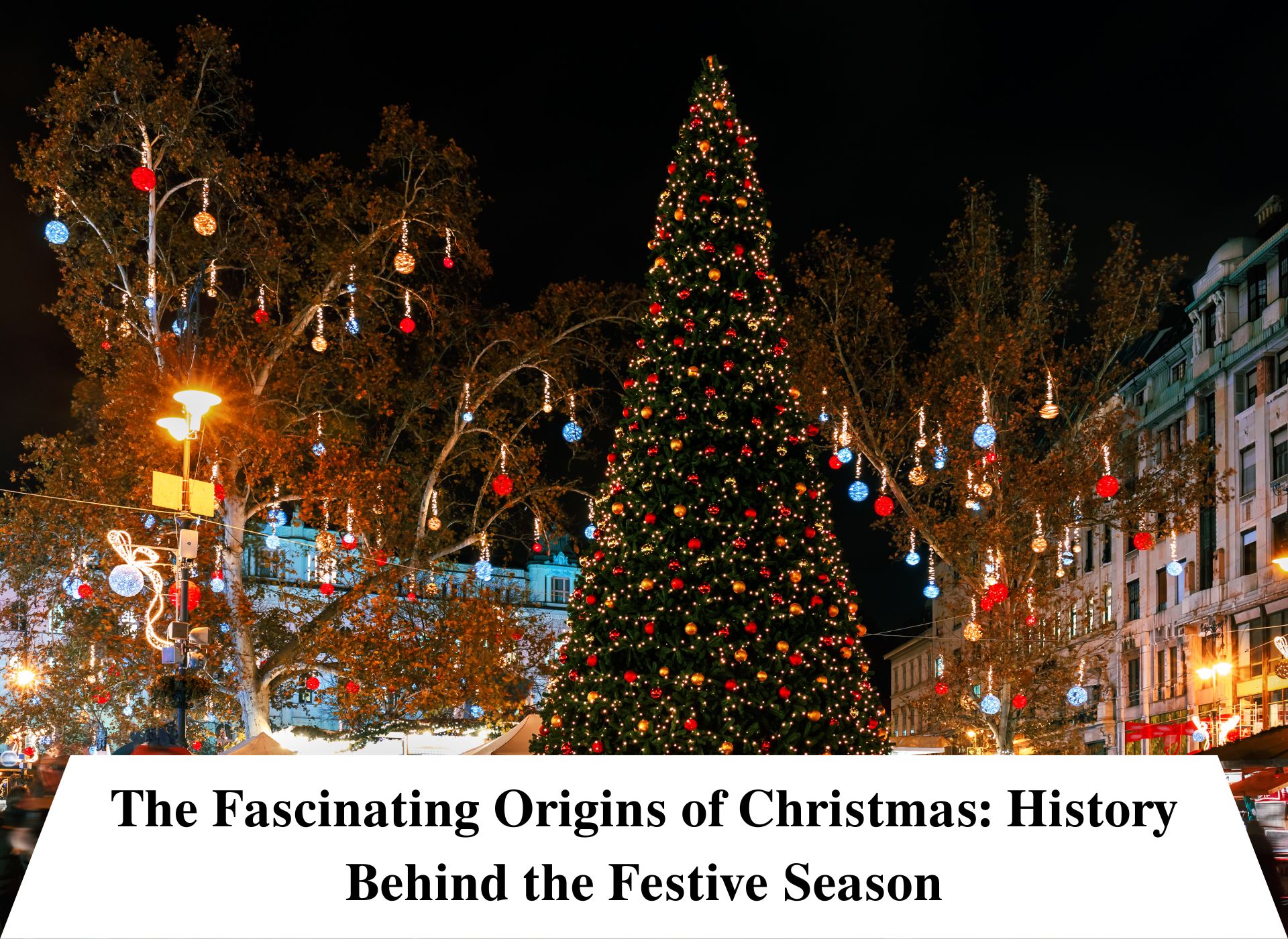As the world gears up for the joyous season of Christmas, it’s a time to delve into the rich history and captivating origins of this widely celebrated holiday. While many associate Christmas with carols, presents, and family gatherings, there’s a profound story behind this festive season, one that interweaves ancient pagan traditions, religious celebrations, and cultural adaptations over centuries. Join us as we embark on a journey to unravel the fascinating origins of Christmas, exploring its pagan roots, its transformation into a Christian celebration, and its evolution into a global phenomenon. As one of the Best schools in Jaipur, Gyan Vihar School invites you to delve deeper into the captivating history that underpins this cherished holiday. Beyond the glittering ornaments and merry tunes lies a rich tapestry of traditions, rooted in ancient customs and evolving through time. Join us on this historical odyssey, tracing the fascinating origins and diverse influences that have shaped the beloved holiday season.
Exploring the Pagan Roots of Christmas
The origins of Christmas can be traced back to ancient pagan celebrations, particularly the Roman festival of Saturnalia, held in mid-December to honor the god Saturn. Marked by feasting, gift-giving, and merriment, Saturnalia coincided with the winter solstice, the shortest day of the year, which signified the turning point towards longer days and renewed light. The Romans believed that the sun god Saturn would be weakened during this time, and they celebrated by lighting fires, exchanging gifts, and engaging in raucous revelry, hoping to appease the god and ensure the return of light and warmth.
Another pagan influence on Christmas is the Germanic Yule, a festival honoring the god Odin, associated with wild hunts, feasting, and bonfires. The Yuletide period ran from December 21st to January, marking the darkest time of the year. The Germanic people believed that Odin and his companions would ride through the skies, bestowing gifts and blessings upon the righteous. The Yule log, a large burning log, was a central symbol of the Yuletide celebration, representing the warmth and light that would eventually return.
The Advent of Christianity and the Emergence of Christmas
The birth of Christianity in the first century CE brought about a new perspective on these pagan celebrations. In the 4th century AD, the Roman Catholic Church adopted December 25th as the official date to celebrate the birth of Jesus Christ. This decision was likely influenced by the popularity of pagan celebrations around this time, making it easier to spread the Christian faith among the populace.
The early Christians, seeking to convert the Romans, adopted many pagan customs and traditions, including the practice of decorating with evergreen branches and the exchange of gifts. They also incorporated pagan symbols, such as the sun wheel, into their own celebrations. Over time, the pagan customs and traditions associated with the winter solstice gradually merged with the Christian celebration of Christmas.
The Evolution of Christmas Customs and Traditions
The celebration of Christmas has evolved over centuries, taking on different forms and traditions across cultures and regions. The practice of decorating Christmas trees, popularized in Germany, spread to other parts of Europe and eventually to North America. Christmas caroling, with its origins in medieval England, became a popular tradition, bringing communities together through song and merriment.
The exchanging of gifts, initially associated with religious symbolism, became a secular practice, emphasizing the spirit of giving and sharing. The image of Santa Claus, inspired by the Dutch figure of Sinterklaas, evolved into a jolly figure associated with Christmas, bringing gifts to children on Christmas Eve.
Christmas as a Global Celebration
Today, Christmas is celebrated by over two billion people worldwide, transcending religious and cultural boundaries. It has become a time for family gatherings, exchanging gifts, and indulging in festive traditions. The spirit of Christmas, with its emphasis on love, peace, and goodwill, continues to resonate with people across the globe.
The Enduring Significance of Christmas
As we delve into the fascinating origins of Christmas, we uncover a rich tapestry of traditions, symbols, and beliefs that have shaped this holiday into a global phenomenon. While the pagan roots and Christian significance of Christmas have intertwined over centuries, the core message of this festive season remains unchanged – a message of love, hope, and the triumph of light over darkness.
Christmas, in its essence, is a celebration of humanity’s yearning for connection, compassion, and the enduring spirit of giving and sharing. It is a time to reflect on the values that bind us together, to cherish the moments we share with loved ones, and to spread kindness and goodwill throughout the world.
Embracing the Timeless Essence of Christmas
As we bid adieu to this immersive journey through the intricate history of Christmas, the essence of this festive season remains etched in our hearts. The festivities, deeply rooted in traditions and tales passed down generations, remind us of the unity in diversity and the beauty found in shared celebrations. At Gyan Vihar School, among the top schools in Jaipur, we cherish the cultural heritage woven into this season and encourage the exploration of diverse narratives that enrich our understanding of this global festival. As we embrace the spirit of giving, togetherness, and joy, let the enigmatic origins of Christmas continue to inspire us, fostering unity and warmth in our communities for years to come.







